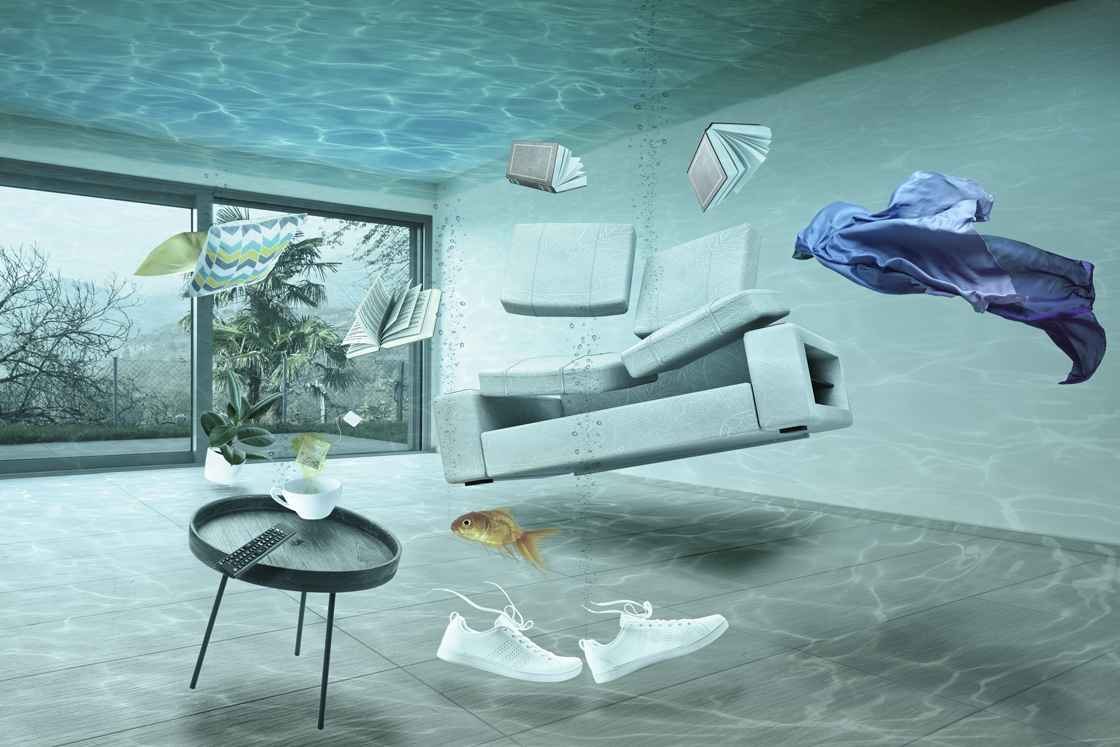Just how to Examine If Your House Has a Concealed Leak
Just how to Examine If Your House Has a Concealed Leak
Blog Article
Everyone is bound to have their own way of thinking involving Top leak detection hacks.

Early detection of dripping water lines can minimize a prospective catastrophe. Aside from saving you cash, it will certainly minimize the irritation and aggravation. The moment you find a leakage, calling your plumber for repair services is the very best option. Nevertheless, some tiny water leakages may not be visible. Below are some hacks that assist if you can not discover it with your naked eyes.
1. Check Out the Water Meter
Checking it is a guaranteed way that assists you find leaks. If it relocates, that suggests a fast-moving leakage. This suggests you might have a slow-moving leakage that can also be underground.
2. Inspect Water Usage
If you identify sudden changes, regardless of your intake being the very same, it indicates that you have leaks in your plumbing system. A sudden spike in your bill shows a fast-moving leakage.
A steady increase every month, even with the exact same practices, reveals you have a slow-moving leak that's also gradually intensifying. Call a plumber to thoroughly examine your property, specifically if you really feel a warm area on your flooring with piping underneath.
3. Do a Food Coloring Examination
When it comes to water intake, 30% comes from toilets. Examination to see if they are running appropriately. Drop flecks of food color in the container and wait 10 mins. If the color in some way infiltrates your dish during that time without flushing, there's a leakage between the tank as well as dish.
4. Asses Exterior Lines
Don't neglect to check your outside water lines too. Examination faucets by connecting a yard hose. Needs to water seep out of the connection, you have a loose rubber gasket. Replace this as well as ensure all links are limited. It will assist obtain it professionally examined and also maintained yearly if you have actually obtained a lawn sprinkler system. One tiny leak can squander lots of water and also increase your water bill.
5. Check and also Evaluate the Circumstance
Home owners should make it a habit to check under the sink counters and also inside closets for any kind of bad odor or mold and mildew development. These two red flags indicate a leakage so prompt focus is called for. Doing regular examinations, also bi-annually, can conserve you from a major problem.
If you know your home is currently old, maintain a watchful eye on your heaters, tubes, pipelines etc. Check for discolorations and weakening as the majority of pipelines as well as appliances have a life span. They will certainly also normally degrade because of wear and tear. If you believe leaking water lines in your plumbing system, don't wait on it to rise. Call a specialist plumber today so you don't wind up with a horrible mess in your house.
Early detection of dripping water lines can reduce a potential calamity. Some little water leakages may not be noticeable. Checking it is a guaranteed method that helps you discover leaks. One little leakage can waste heaps of water and surge your water costs.
If you think dripping water lines in your plumbing system, do not wait for it to escalate.
WARNING SIGNS OF WATER LEAKAGE BEHIND THE WALL
PERSISTENT MUSTY ODORS
As water slowly drips from a leaky pipe inside the wall, flooring and sheetrock stay damp and develop an odor similar to wet cardboard. It generates a musty smell that can help you find hidden leaks.
MOLD IN UNUSUAL AREAS
Mold usually grows in wet areas like kitchens, baths and laundry rooms. If you spot the stuff on walls or baseboards in other rooms of the house, it’s a good indicator of undetected water leaks.
STAINS THAT GROW
When mold thrives around a leaky pipe, it sometimes takes hold on the inside surface of the affected wall. A growing stain on otherwise clean sheetrock is often your sign of a hidden plumbing problem.
PEELING OR BUBBLING WALLPAPER / PAINT
This clue is easy to miss in rooms that don’t get much use. When you see wallpaper separating along seams or paint bubbling or flaking off the wall, blame sheetrock that stays wet because of an undetected leak.
BUCKLED CEILINGS AND STAINED FLOORS
If ceilings or floors in bathrooms, kitchens or laundry areas develop structural problems, don’t rule out constant damp inside the walls. Wet sheetrock can affect adjacent framing, flooring and ceilings.
https://www.servicemasterbyzaba.com/blog/how-to-detect-water-leakage-in-walls/

Do you appreciate reading up on Leaking water lines? Write feedback directly below. We would be glad to listen to your reactions about this article. In hopes to see you back again in the near future. If you appreciated our blog posting plz remember to pass it around. I value reading our article about Detecting hidden plumbing leaks.
Report this page